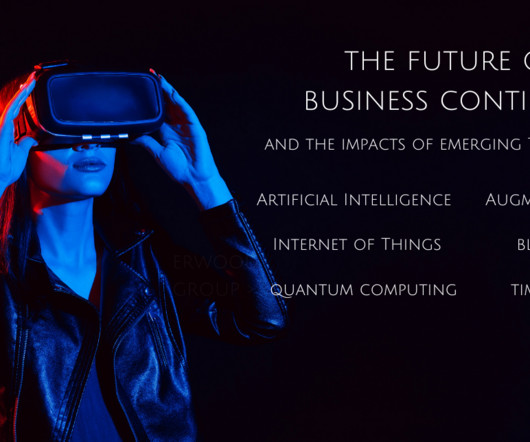BCM Basics: Business Continuity vs. Business Resilience
MHA Consulting
JANUARY 25, 2024
It focused on identifying the most critical business processes and developing plans to keep those processes going or quickly restore them in the event of an outage. The end of the 20 th century saw the increasing importance of IT, the rise of globalization, and preparations for the potential disruptions of the Y2K bug.
















Let's personalize your content